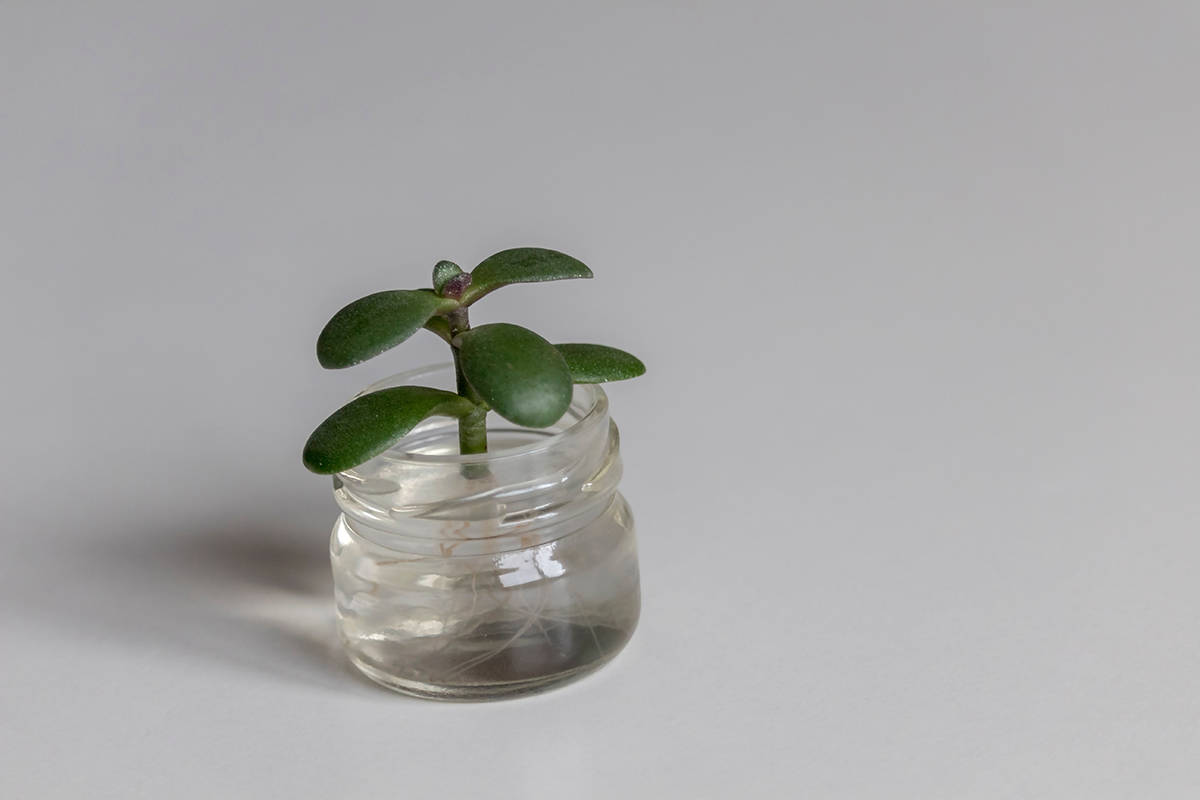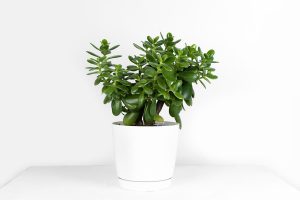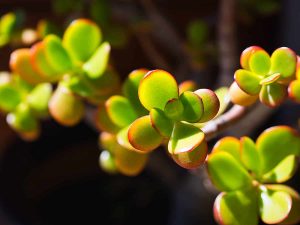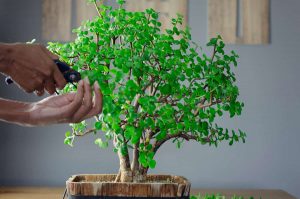Propagating a jade plant is a rewarding experience as it allows you to grow more of these beautiful and resilient succulents. Jade plants are known for their ease of propagation, making them an excellent choice for beginners venturing into the world of plant propagation. In this article, you will learn everything you need to know about successfully propagating your jade plant.
Table of Contents
Best Season for Propagation
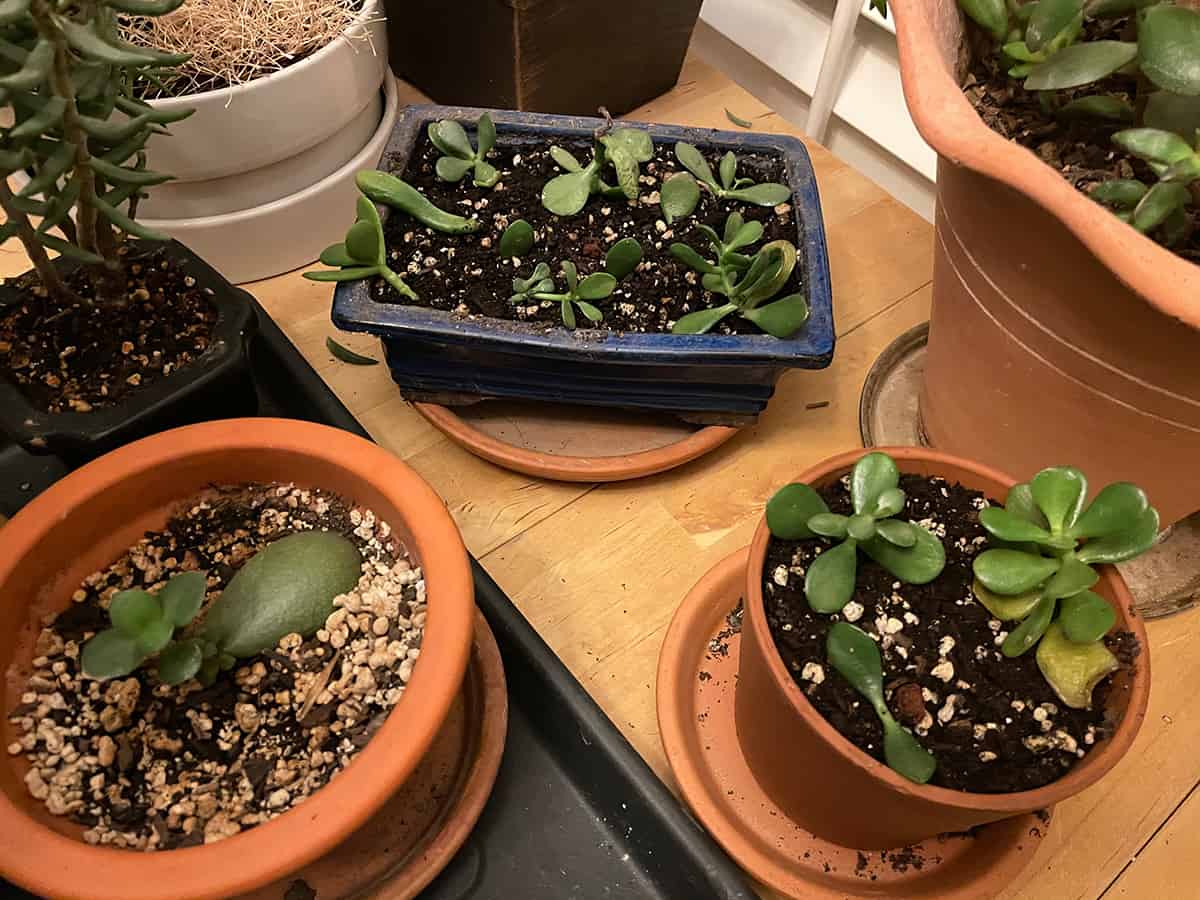
Determining the optimal time for propagating your jade plant is crucial for its success. Generally, the best season for propagation is spring or early summer, as this is when the plant is actively growing. This period allows the cuttings to root more effectively, and the warmer temperatures promote growth.
Preparation for Propagation
Choosing a Healthy Parent Plant
To propagate a jade plant successfully, it’s essential to select a healthy parent plant. Look for one that has an abundance of thick, dark green leaves, since they’re indicative of good health. Avoid plants with yellow, brown, or wilted leaves, as they could be a sign of disease or poor care.
Gathering Required Materials
Once you’ve chosen a healthy parent plant, gather the necessary materials for propagation. These include:
- A clean, sharp knife or pair of pruning shears: This will ensure a clean cut, which is essential for successful propagation.
- A small container with clean potting mix: Use a well-draining mix, as jade plants are prone to root rot if kept in overly moist soil.
- Clear plastic bag or cover: This helps maintain humidity, which is useful during the initial rooting phase.
Propagation Methods
Leaf Cuttings
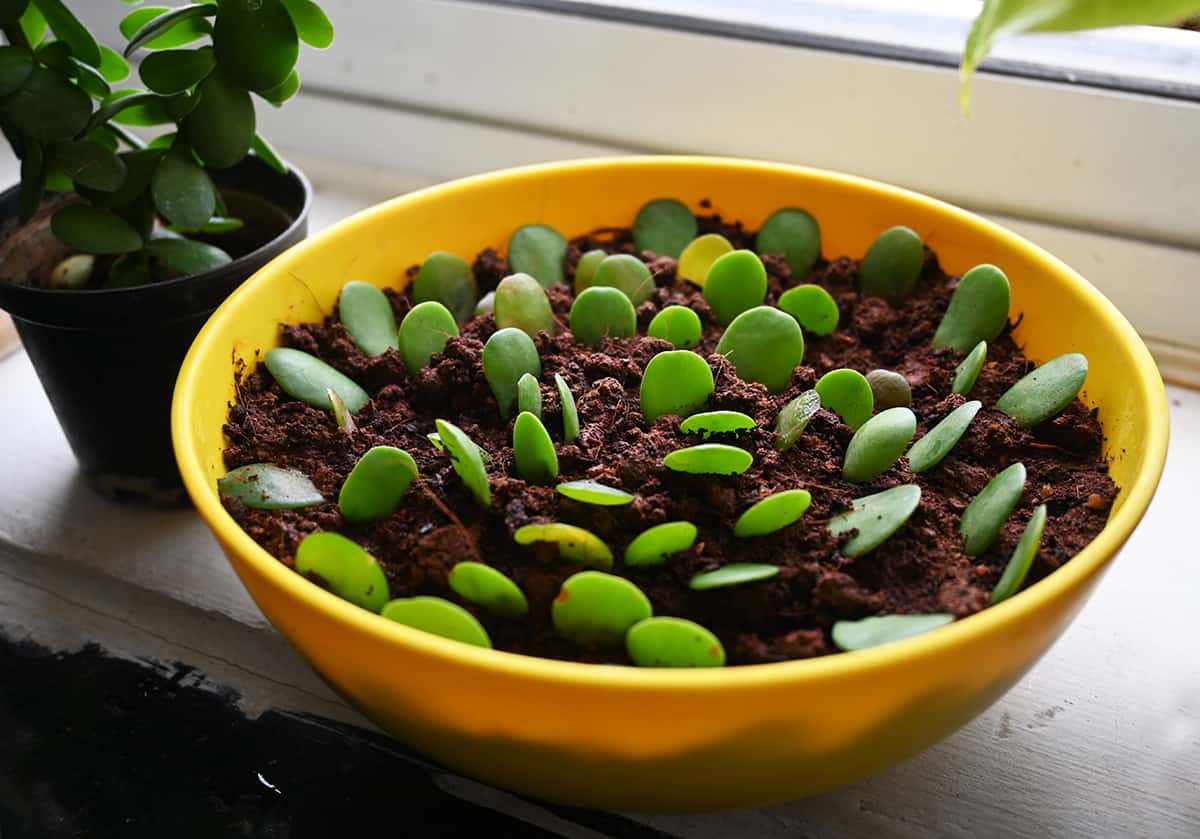
Propagating jade plants through leaf cuttings is a common method. To do this, you’ll need to gently twist off a healthy leaf from the main stem. Allow the leaf to dry for a few days in a cool, dry area. Then, place the cutting into moist, well-draining soil. Be patient, as it may take a few weeks for roots to form and new growth to appear.
Stem Cuttings
Another effective way to propagate jade plants is by using stem cuttings. Begin by selecting a healthy stem and cutting it with a clean, sharp tool. Remove the lower leaves from the cutting and let it dry for a few days. Once it has formed a callus, place the cutting in a pot with well-draining soil. Make sure you maintain adequate moisture levels throughout the rooting process.
Division
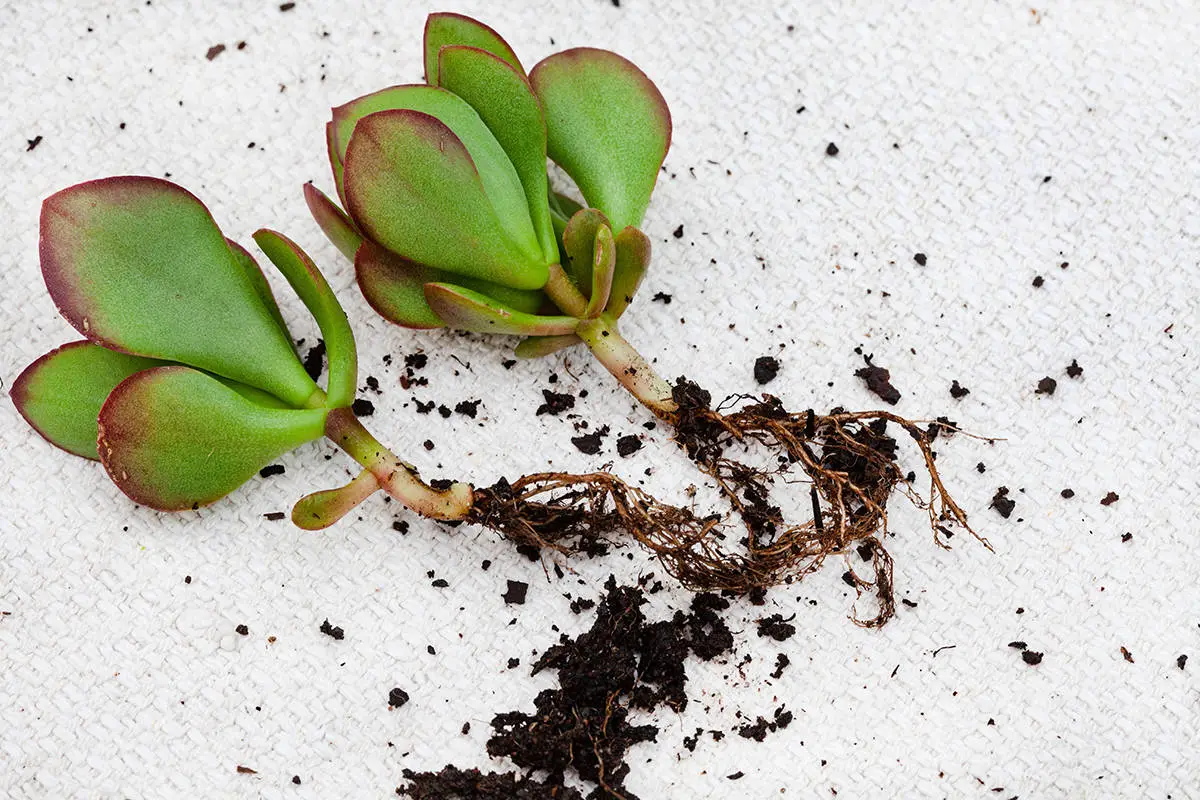
Finally, jade plants can be propagated through division. This method involves separating a mature plant into smaller parts, each with its own root system. Gently remove the jade plant from its pot, being careful to preserve the root structure. Divide the plant into smaller sections, ensuring each one has a healthy root system. Replant each division into its own container with well-draining soil. Division can provide you with multiple plants in a short time and is a great way to rejuvenate an overgrown jade plant.
Rooting Process
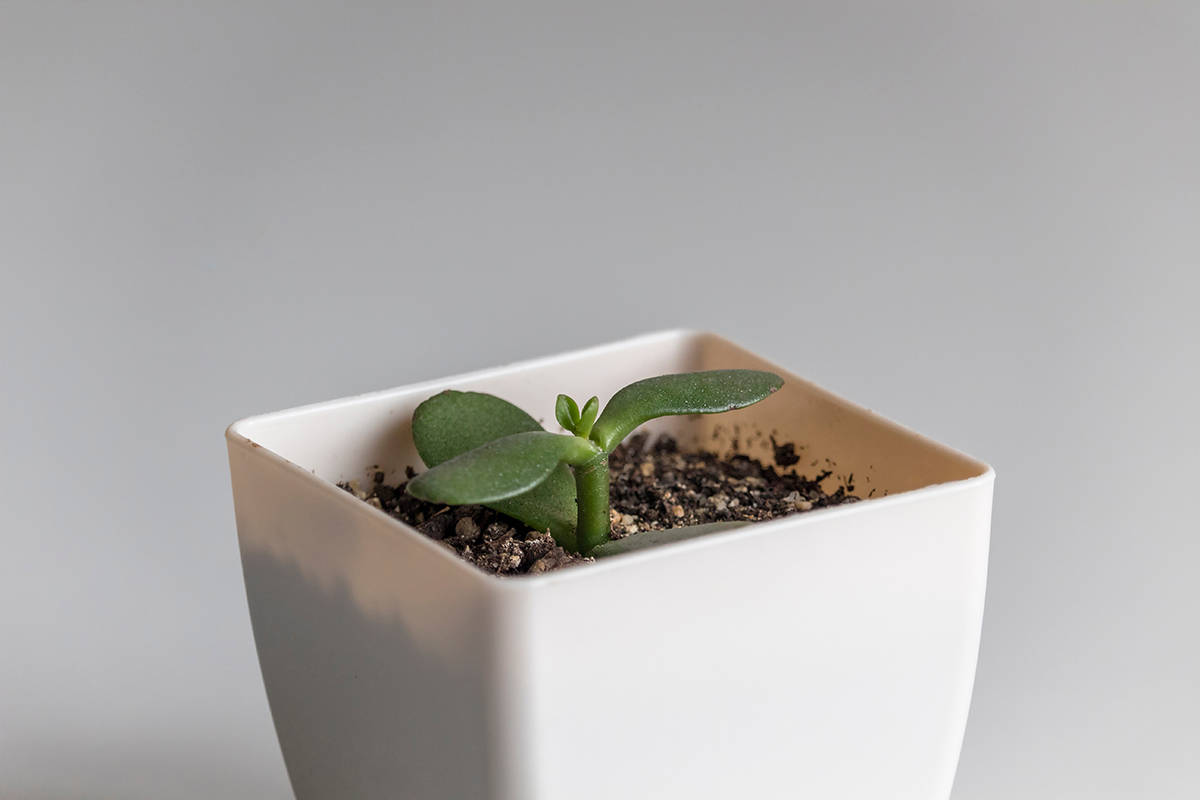
Soil Preparation
Before propagating your jade plant, you need to prepare the soil for optimal growth. Opt for a cactus or succulent potting mix. This type of soil is well-draining and prevents root rot, allowing your jade plant to thrive. Remember to prepare a planting container large enough for the cutting and its future growth.
Planting Cuttings
Propagating a jade plant involves the process of plant cuttings. Choose a healthy jade plant with strong stems and vibrant leaves, then carefully remove a leaf or cut a small stem segment. Allow the cutting to dry for a few days until a callus forms at the cut end. This step minimizes the risk of rot and diseases.
When your cutting is ready, lightly moisten the soil in the prepared container. Place the cutting’s callused end into the soil, ensuring it remains upright. Keep it in a well-lit area, but avoid direct sunlight to prevent sunburn or stress.
Watering Techniques
Proper watering is vital for your jade plant’s rooting process. Overwatering could lead to root rot, so water infrequently and only when the soil is completely dry. Use a watering can with a narrow spout to avoid getting water on the leaves, as this increases the risk of rot.
Pay attention to your jade plant’s appearance: wrinkled or discolored leaves can signal dehydration, while yellowing leaves indicate overwatering. Adjust your watering schedule accordingly, and remember to be patient – jade plants are slow-growing, but taking good care of them results in healthy, thriving new plants.
Aftercare and Growth
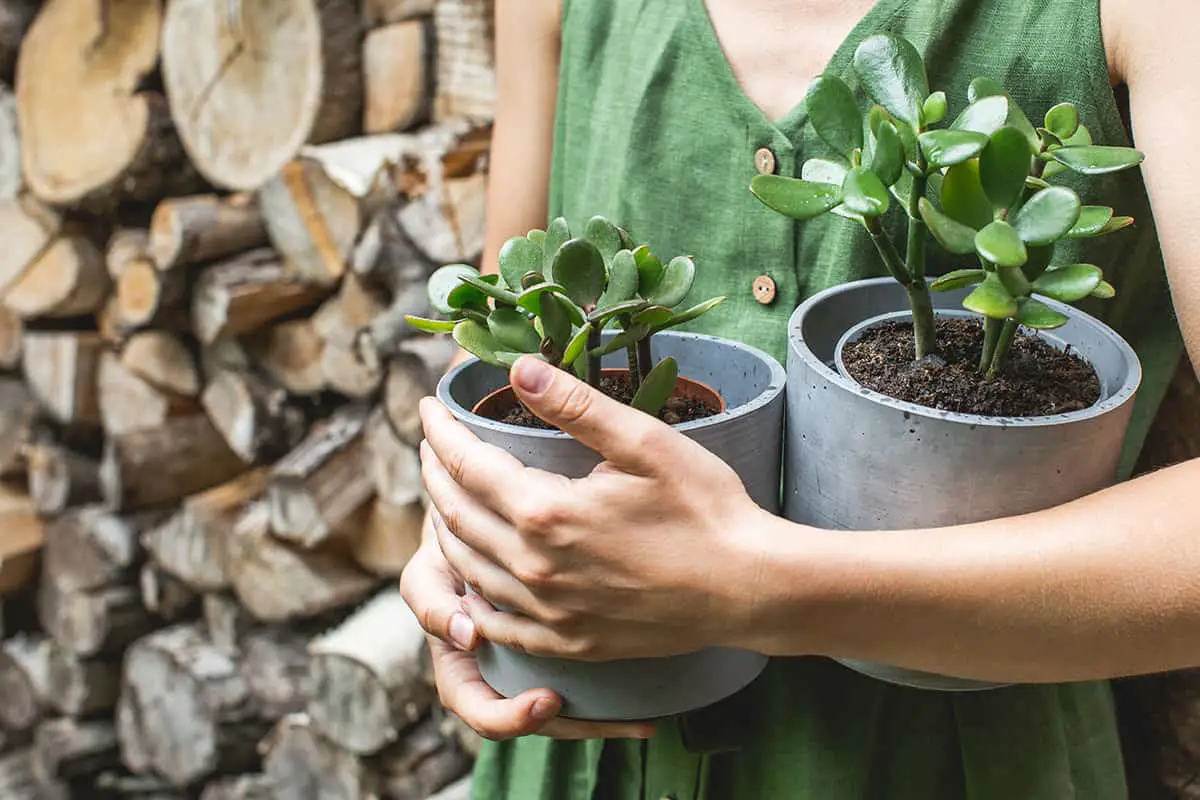
Initial Care Post Planting
Once you’ve planted your jade plant cutting, providing the right care is essential. During the first few weeks, keep the soil slightly moist but not soaking wet, as this can lead to rot. Place your new plant in a location with bright, indirect light to encourage healthy growth. Be cautious not to over-water during this initial phase, as the roots are still developing.
Transplanting
After your jade plant has established its root system, typically within 2-3 months, it’s time to transfer it to a larger pot. Select a pot that’s only slightly bigger than the current one, as jade plants prefer being somewhat root-bound. Use a well-draining, cactus or succulent potting mix, and plant your jade at the same depth as it was previously. To ensure a healthy transition, place the newly transplanted plant in the same lighting conditions as before.
Ongoing Care and Troubleshooting
Jade plants require minimal care, but you must maintain a proper balance of sunlight, water, and nutrients. They thrive in south-facing windows with full to partial sun. Watering should be infrequent; only do so when the soil is completely dry to avoid root rot. If you notice leaves dropping, that may indicate either over-watering or under-watering. You should also periodically check for pests, as jade plants can occasionally attract mealybugs or spider mites.
